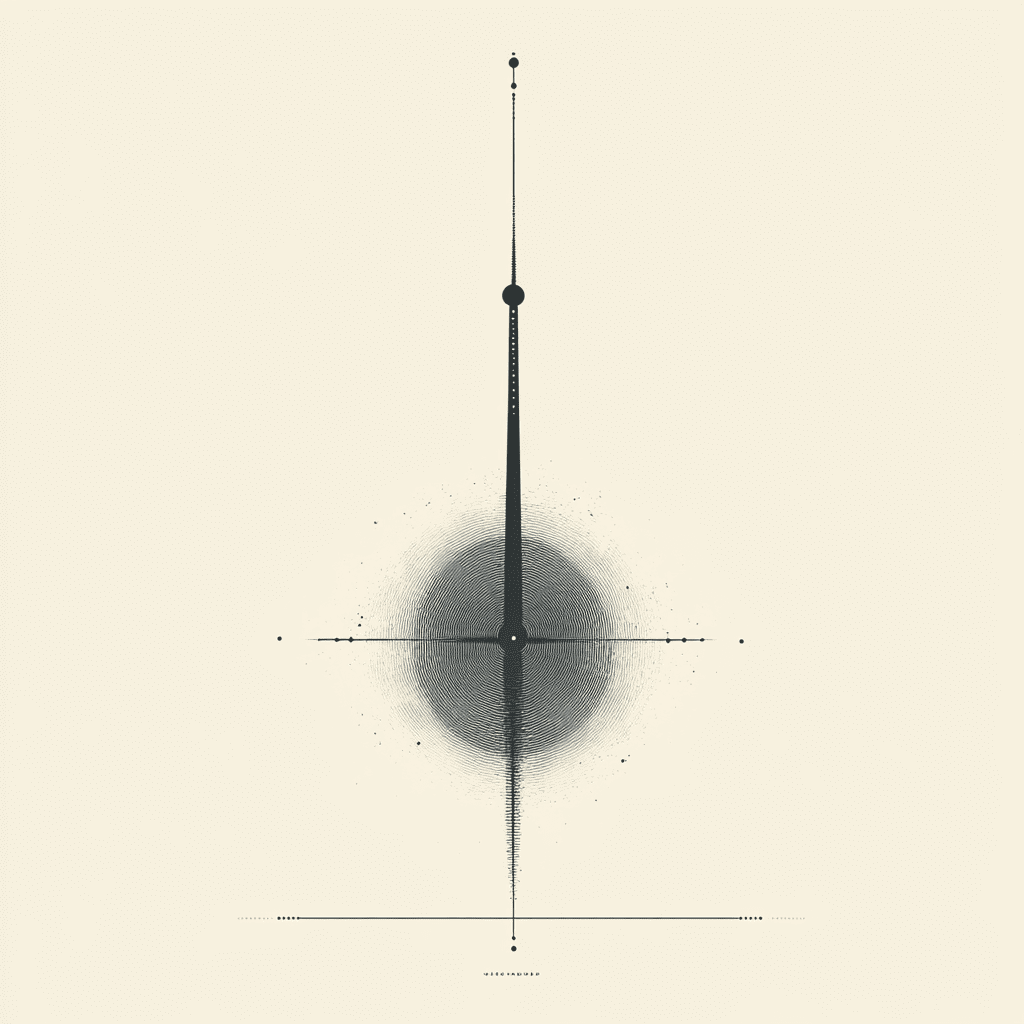Fast radio bursts (FRBs) are luminous radio transients with millisecond
duration. For some active repeaters, such as FRBs 20121102A and 20201124A, more
than a thousand bursts have been detected by the Five-hundred-meter Aperture
Spherical radio Telescope (FAST). The waiting time (WT) distributions of both
repeaters, defined as the time intervals between adjacent (detected) bursts,
exhibit a bimodal structure well-fitted by two log-normal functions. Notably,
the time scales of the long-duration WT peaks for both repeaters show a
decreasing trend over time. These similar burst features suggest that there may
be a common physical mechanism for FRBs~20121102A and 20201124A. In this paper,
we {revisit} the neutron star (NS)–white dwarf (WD) binary model with an
eccentric orbit to account for the observed changes in the long-duration WT
peaks. According to our model, the shortening of the WT peaks corresponds to
the orbital period decay of the NS-WD binary. We consider two mass transfer
modes, namely, stable and unstable mass transfer, to examine how the orbital
period evolves. Our findings reveal distinct evolutionary pathways for the two
repeaters: for FRB~20121102A, the NS-WD binary likely undergoes a combination
of common envelope (CE) ejection and Roche lobe overflow, whereas for
FRB~20201124A the system may experience multiple CE ejections. These findings
warrant further validation through follow-up observations.
Dieser Artikel untersucht Zeitreisen und deren Auswirkungen.
PDF herunterladen:
2504.15591v1

